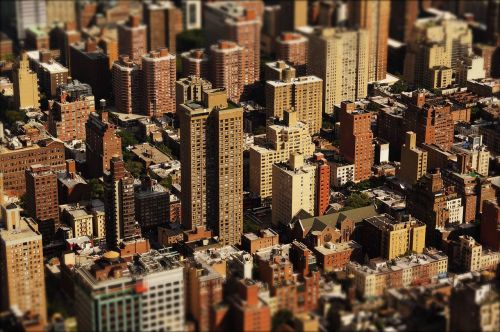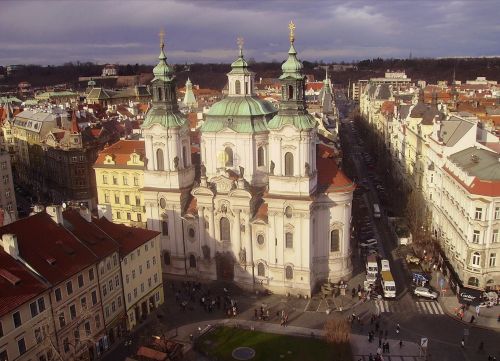Is architecture an important factor in the success of shopping centres?

There are many opinions about what makes good architecture, different tastes and different likes. Naturally, it is difficult to reach any consensus about this. However, let’s take a look at a few examples of shopping centres that have been opened in Poland over the last few years. I have never been a fan of the architecture of Złote Tarasy in Warsaw. However, the functional solutions in the building are excellent – the layout of the mall, the planning out of the stores, the granting of equal rights to the tenants, and how the substantial challenge of the multi-level structure of the centre is coped with – all this has been excellently designed. It is an example of one of the best planned shopping centres I have ever seen in this respect. The only weak element of the mall in this regard is the connection with the central railway station, where the lack of a convenient pedestrian passageway is somewhat surprising. Perhaps it is deliberate; perhaps the creators of the design wanted crowds of passengers to pour into the centre and treat it as an extension of the station’s waiting room. The architecture of the interior of Złote Tarasy seems to be slightly over-aggressive: there are too many unnatural forms hanging above your head, but you can get used to this after a while. I would also have designed the wavy glass roof differently, giving it more lightness. Złote Tarasy generates an urban buzz and a crowd, which you can lose yourself in, similar to high streets decades ago, thanks to the architecture and the layout of the interior.
More shopping centres are being opened at railway stations in Poland, with two prime examples being in Katowice and Poznań. Thanks to such locations, these projects have a colossal advantage at the very outset, but unfortunately in terms of providing equal opportunities for tenants they differ considerably from the Złote Tarasy project. Things were similar in the architecturally interesting Plac Unii development. Its external aesthetics are debatable, but I like this project very much. It really is worthy of high praise because of its refined culture of design, while the details of the internal communal areas are exquisite. Unfortunately, it seems that a shopping centre in this location will not be a favourite place for shoppers because it is not naturally integrated with its environment, as it does not provide convenient accessibility for customers.
The most important thing here is the commercial layout. The skill needed for suitable planning and creating the functionality of the centre is a very rare design specialisation, which most architects are unfamiliar with. The execution of such a task involves the input not only of an architect but an architect-psychologist-behaviourist as well, who skilfully blends shoppers’ activities and leisure, with the traffic and the places where it stops.
Such changes can be expected to be applied in many existing malls, where chaos currently reigns in this respect. These have ignored customers instead of encouraging them to come in and spend some time in the shopping centre.























































An open door to redefining the commercial real estate market in Poland
An open door to redefining the commercial real estate market in Poland
The investment slowdown in the commercial real estate sector that we have been observing in Poland for over a year is primarily the result of the tightening of monetary policy arou ...
Walter Herz
The retail sector is not slowing down
The retail sector is not slowing down
The pandemic, conflict in Ukraine as well as inflation and high interest rates that recent years have brought have reshaped the real estate market around the world. The global slow ...
Walter Herz
Retail parks – current opportunities
Retail parks – current opportunities
Over the last few years, retail parks in Poland were mostly developed in smaller formats, around 5,000 sqm, either adding to the existing retail landscape or introducing modern ret ...
Avison Young